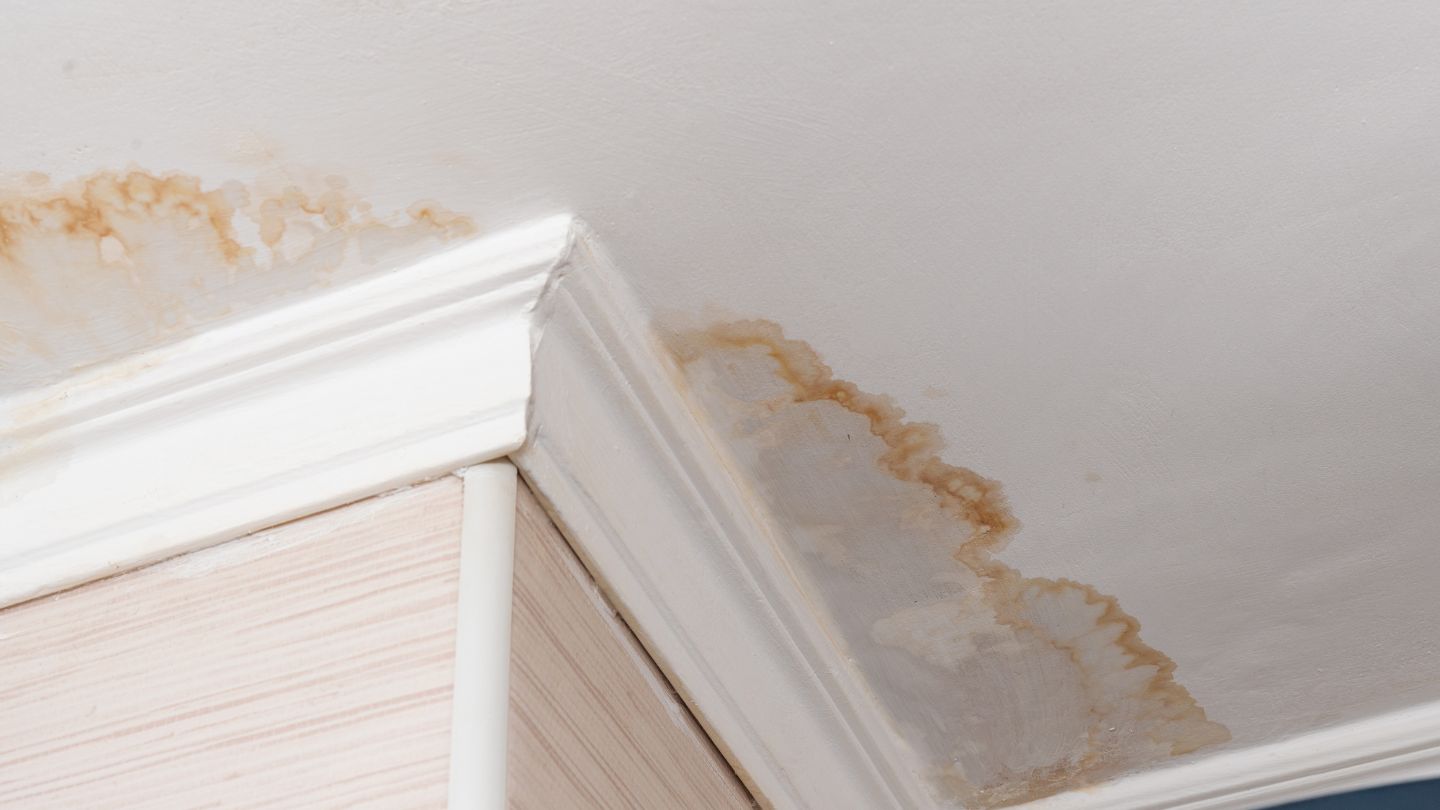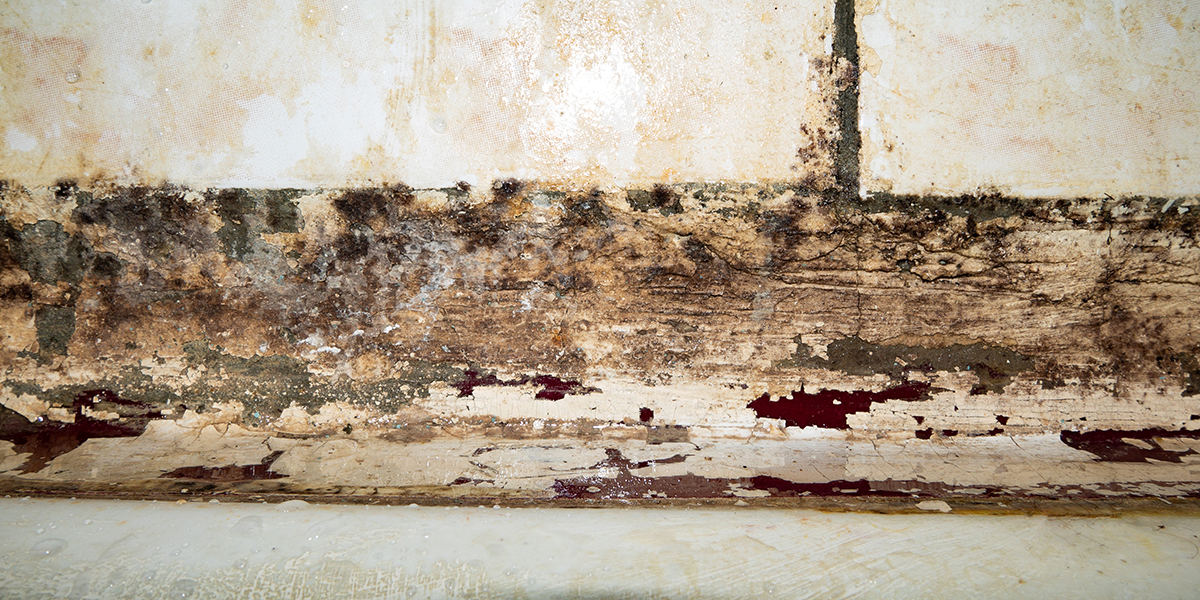Emergency Water Leak Repair to Prevent Further Property Destruction
Emergency Water Leak Repair to Prevent Further Property Destruction
Blog Article
The Process of Water Damage Cleaning: Guaranteeing Your Home Is Recovered Successfully
Water damages can be an overwhelming obstacle for homeowners, requiring a structured and thorough clean-up procedure to recover safety and security and functionality. damage restoration services. Following this, reliable water removal strategies play an essential role in minimizing more damage.
Evaluating the Damage
Upon uncovering water damages, the primary step is to thoroughly analyze the level of the impact. This initial analysis is critical, as it assists determine the essential steps for efficient cleaning and remediation. Begin by examining the affected areas, including walls, ceilings, floors, and personal belongings, to recognize the source of the water invasion, whether from flooding, leaks, or condensation.
Recording the damages is necessary for both insurance coverage cases and preparing reconstruction initiatives - damage restoration services. Usage photos and written notes to record the extent of the damage, keeping in mind any afflicted structural components and materials. Pay unique attention to areas that may not be immediately visible, such as behind walls and under carpets, as concealed wetness can bring about additional difficulties, consisting of mold growth
Furthermore, assess the timeline of the water exposure. The longer the materials remain damp, the greater the capacity for damages. Understanding the duration of direct exposure will certainly educate the seriousness of removal efforts. Inevitably, a comprehensive evaluation prepares for a successful water damage cleaning process, making sure that all influenced locations are resolved effectively and completely.
Water Extraction Strategies

Professionals commonly utilize submersible pumps for bigger quantities of water, which can rapidly reduce flooding in basements or various other affected locations. For smaller sized amounts, wet/dry vacuums are typically utilized to draw out residual dampness from carpets and hard surfaces. Additionally, utilizing portable extractors enables targeted elimination in restricted spaces or locations with fragile materials.
In instances of infected water, such as sewer or floodwater, advanced removal techniques might entail the use of biohazard equipment to make certain safety and security and conformity with wellness guidelines. High-powered extraction devices are critical in minimizing water retention in structural materials, which can bring about mold development and architectural damage if not attended to immediately.
Inevitably, the effectiveness of water removal techniques plays an essential duty in the overall success of the water damage cleaning process, preparing for subsequent repair initiatives.
Drying and Dehumidification
As soon as standing water has been efficiently extracted, the next critical phase in the water damage cleaning process is drying and dehumidification. This step is necessary to prevent additional damage and mold development, which can happen within 24 to 2 days in moist environments.
To accomplish reliable drying, specific equipment such as industrial-grade air movers and dehumidifiers is used. Air movers distribute air across wet surfaces, enhancing evaporation prices, while dehumidifiers lower humidity degrees in the air, promoting a conducive environment for drying out. The combination of these devices guarantees that moisture is extracted from wall surfaces, home furnishings, and floors, permitting them to completely dry thoroughly.
It is essential to monitor the drying process carefully. Specialists typically use moisture meters to assess the moisture content in various materials, making certain that all influenced locations reach appropriate dry skin levels. This meticulous technique helps to avoid hidden wetness pockets that could bring about structural damage or harmful mold and mildew development.

Cleaning and Disinfecting
After the drying and dehumidification phase is complete, the next vital step in water damages cleanup is cleaning up and sterilizing the impacted locations. This process is essential to avoid the growth of mold, bacteria, and other virus that flourish in damp settings.
The cleansing phase usually entails eliminating any type of particles, dust, and impurities from surfaces making use of specialized cleansing agents. For difficult surface areas, a mix of soap and water or industrial cleaning items is usually employed. Soft materials, such as upholstery and carpets, might need more substantial cleaning approaches, including steam cleaning or deep removal techniques, to make certain detailed hygiene.

Disinfecting adheres to cleansing, utilizing EPA-approved anti-bacterials to eliminate hazardous microbes. This step is necessary, specifically in locations that might have entered contact with floodwaters or sewer, as these sources can pose significant wellness risks.
In addition, it is essential to attend to any remaining odors, which might need the use of odor neutralizers or sophisticated methods like ozone treatment. Proper cleaning and sterilizing not only restore the safety and hygiene of your home but also prepared for effective restoration and repair services in succeeding stages of the water damages cleanup process.
Repair and Repair Work

As soon as the evaluation is complete, repair initiatives can start. In addition, floor covering may require comparable interest, depending on the degree of water exposure.
It is crucial to involve seasoned repair specialists during this process, as they possess the expertise to take care of complex fixings successfully. They can assist mitigate prospective future issues, such as mold growth or structural instability, therefore making sure a risk-free and habitable living setting. Inevitably, efficient reconstruction and repair work restore the home's honesty and boost its total value.
Final Thought
Finally, the procedure of water damages cleaning is essential for recovering a home to its pre-damage problem. Each phase, from assessing the damage to executing efficient water extraction techniques, adhered to by thorough drying, sanitizing, and essential fixings, plays a necessary function in ensuring safety and security and compliance with structure requirements. Reliable execution of these actions not only alleviates immediate damage but also enhances the lasting stability and worth of the home.
Water damages can be a challenging challenge for property owners, requiring a careful and structured cleaning process to restore security and performance. Ultimately, an extensive assessment lays the groundwork for an effective water damages cleaning process, making certain that all influenced locations are resolved efficiently and completely.
Effective water removal strategies are vital in minimizing damages and protecting against further problems adhering to a water intrusion occasion.In verdict, the like it procedure of water damage cleaning is critical for recovering a home to its pre-damage condition. Each stage, from examining the damages to executing effective water site web extraction methods, complied with by thorough drying out, disinfecting, and essential repair work, plays an essential duty in ensuring safety and compliance with building standards.
Report this page